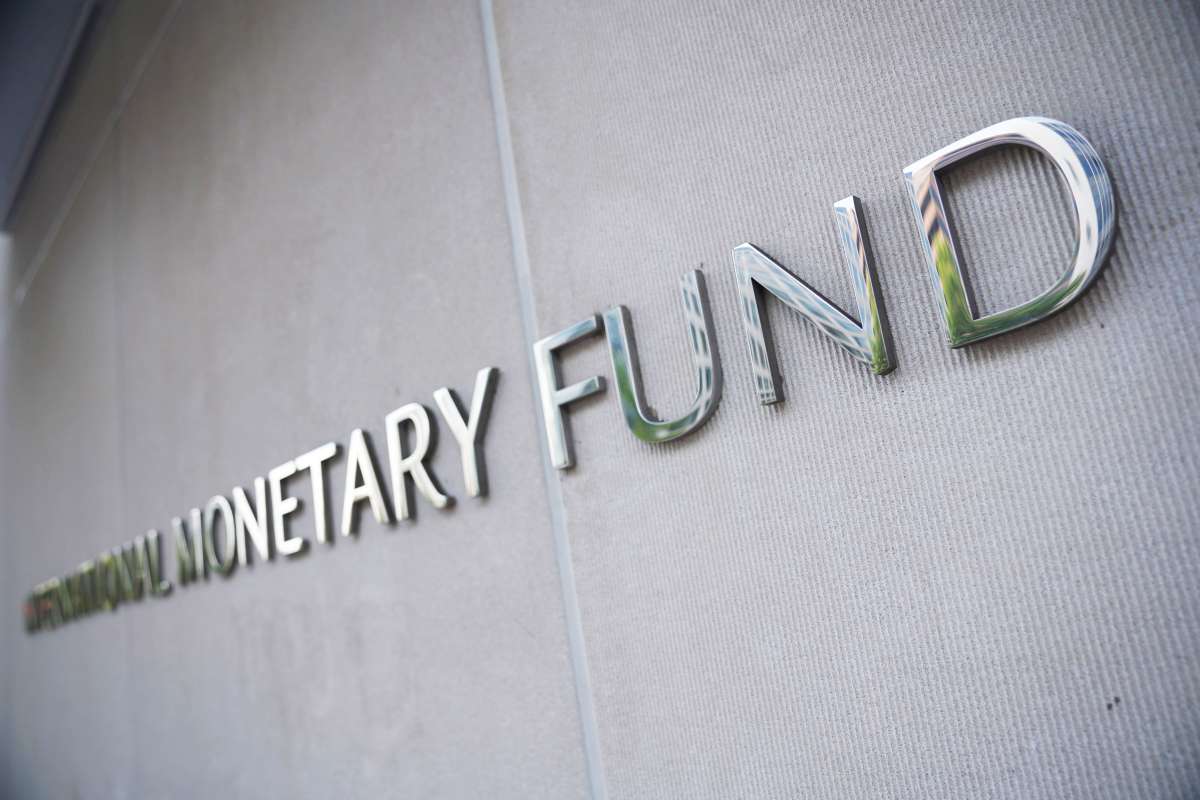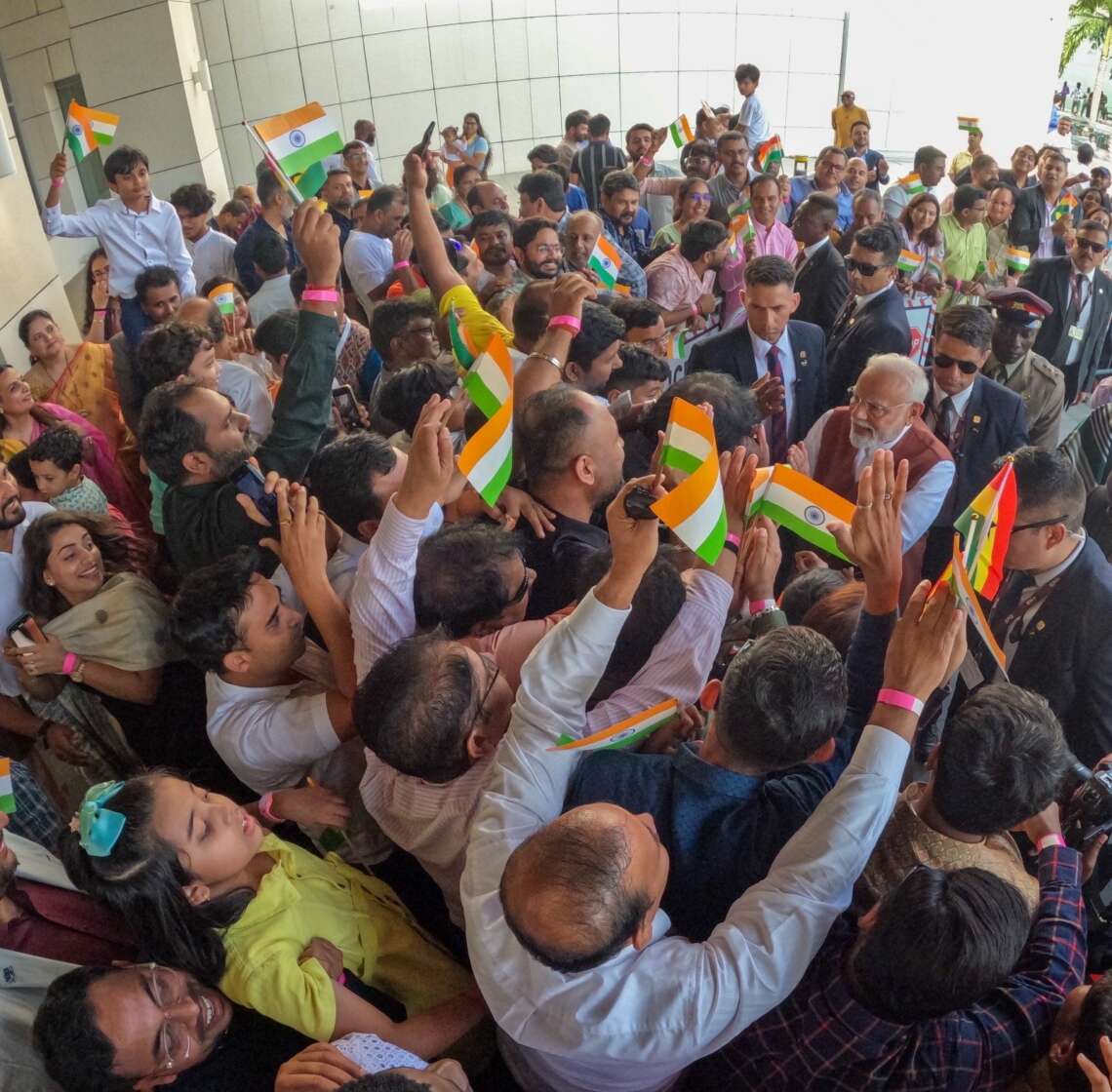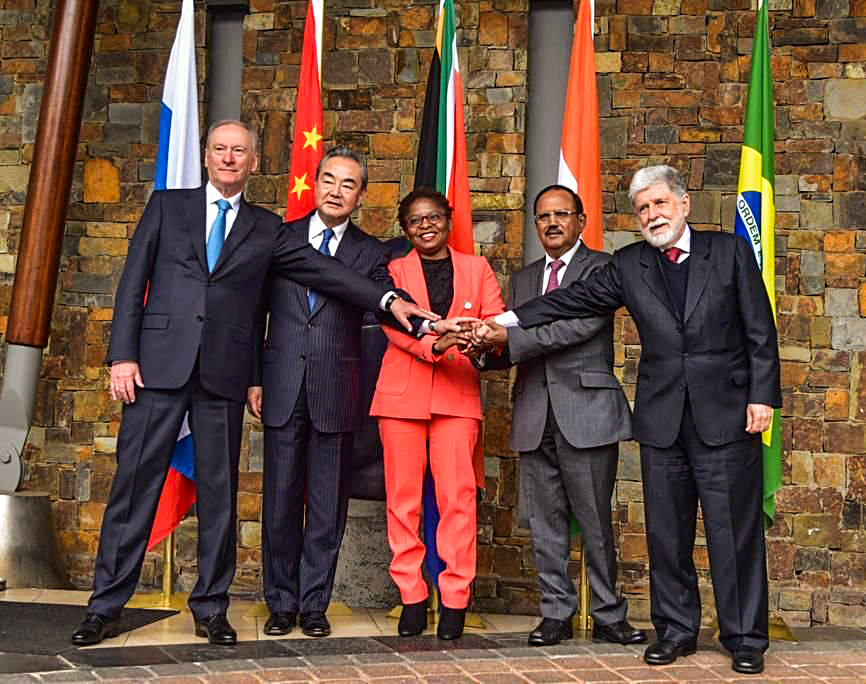Growth in Japan is projected to witness an increase from 1.1 per cent in 2022 to 1.4 per cent in 2023, showcasing a modest upward revision then slow to 1.0 per cent in 2024 as the effects of past stimuli dissipate…reports Asian Lite News
The International Monetary Fund has predicted that India’s economy will grow at 6.1 per cent in 2023, a 0.2 percentage point upward revision compared with the April projection, reflecting momentum from stronger-than-expected growth in the fourth quarter of 2022 as a result of stronger domestic investment.
IMF said in latest update of the World Economic Outlook that growth in emerging and developing Asia is on track to rise to 5.3 per cent in 2023, then to 5.0 percent in 2024, showcasing a 0.1 percentage point downward revision for 2024. It said the forecast for China remains unchanged at 5.2 per cent for 2023 and 4.5 per cent for 2024. However, consumption growth has evolved broadly in line with April 2023 World Economic Outlook projections. However, investment has underperformed due to the ongoing real estate downturn in China.
“Growth in India is projected at 6.1 percent in 2023, a 0.2 percentage point upward revision compared with the April projection, reflecting momentum from stronger-than-expected growth in the fourth quarter of 2022 as a result of stronger domestic investment,” IMF’s World Economic Outlook Update said.
According to the prediction, growth in Japan is projected to witness an increase from 1.1 per cent in 2022 to 1.4 per cent in 2023, showcasing a modest upward revision then slow to 1.0 per cent in 2024 as the effects of past stimuli dissipate.
The IMF said that global growth is projected to fall from an estimated 3.5 per cent in 2022 to 3.0 per cent in both 2023 and 2024. It further said that global headline inflation is expected to fall from 8.7 per cent in 2022 to 6.8 percent in 2023 and 5.2 percent in 2024.
“While the forecast for 2023 is modestly higher than predicted in the April 2023 World Economic Outlook (WEO), it remains weak by historical standards. The rise in central bank policy rates to fight inflation continues to weigh on economic activity,” the update said.
“Global headline inflation is expected to fall from 8.7 percent in 2022 to 6.8 percent in 2023 and 5.2 percent in 2024. Underlying (core) inflation is projected to decline more gradually, and forecasts for inflation in 2024 have been revised upward,” it said.
The IMF said that the inflation could remain high and even rise if further shocks occur, including those from an intensification of the conflict in Ukraine and extreme weather-related events, resulting in more restrictive monetary policy. It said financial sector turbulence could resume as markets adjust to further policy tightening by central banks.
In the United States, growth is projected to slow from 2.1 per cent in 2022 to 1.8 per cent in 2023, the World Economic Outlook Update said.

‘India’s rice exports ban to fuel volatility’
Meanwhile, IMF’s Chief Economist and Director, Pierre-Olivier Gourinchas, has said restrictions imposed by India on exports of certain varieties of rice are likely to exacerbate volatility on food prices in the rest of the world.
“And they (the ban on rice exports) can also lead to retaliatory measures. So, they are certainly something that we would encourage the removal of these type of export restrictions, because they can be harmful globally,” Gourinchas said in a press conference after it launched World Economic Outlook on Tuesday. He was asked in the press conference on what would be the impact on the global inflation after India’s decision to restrict export of certain categories of rice.
Notably, India’s rice exports ban came soon after Russia’s announcement of pulling out from the United Nations and Turkey-brokered Black Sea grain deal.
The IMF chief economist noted that the Black Sea Grain Initiative was very instrumental in making sure that there would be ample grain supply to the world in the last year.
“And there are estimates of about 33 million tons of grain that were shipped from Ukraine to the rest of the world. And it helped keep price pressures on food and grain prices lower,” Gourinchas said.
“…now that this grain deal has been suspended, the same mechanics works in reverse, and it’s likely to put upward pressure on food prices,” he added.
Grains prices are estimated to rise 10-15 per cent, the IMF economist said.
The central government last Thursday amended the rice export norms putting the non-basmati white rice in “prohibited” category.
The export policy relating to non-basmati white rice (Semi-milled or wholly milled rice, whether or not polished or glazed: Other) was revised from “free” to “prohibited” and it came into force immediately.
However, export will be allowed on the basis of permission granted by the government to other countries to meet their food security needs and based on the request of their government.
West African country Benin is one of the major importers of non-basmati rice from India. Other destination countries are Nepal, Bangladesh, China, Cote D’ Ivoire, Togo, Senegal, Guinea, Vietnam, Djibouti, Madagascar, Cameroon Somalia, Malaysia, Liberia, and UAE.
India in September 2022 banned the exports of broken rice and imposed a 20 per cent duty on exports of non-Basmati rice, except for parboiled rice amid concerns about an estimated low production due to a fall in area under the paddy crop. It later lifted the ban in November. (ANI)
ALSO READ-India, Brunei review entire gamut of bilateral ties













